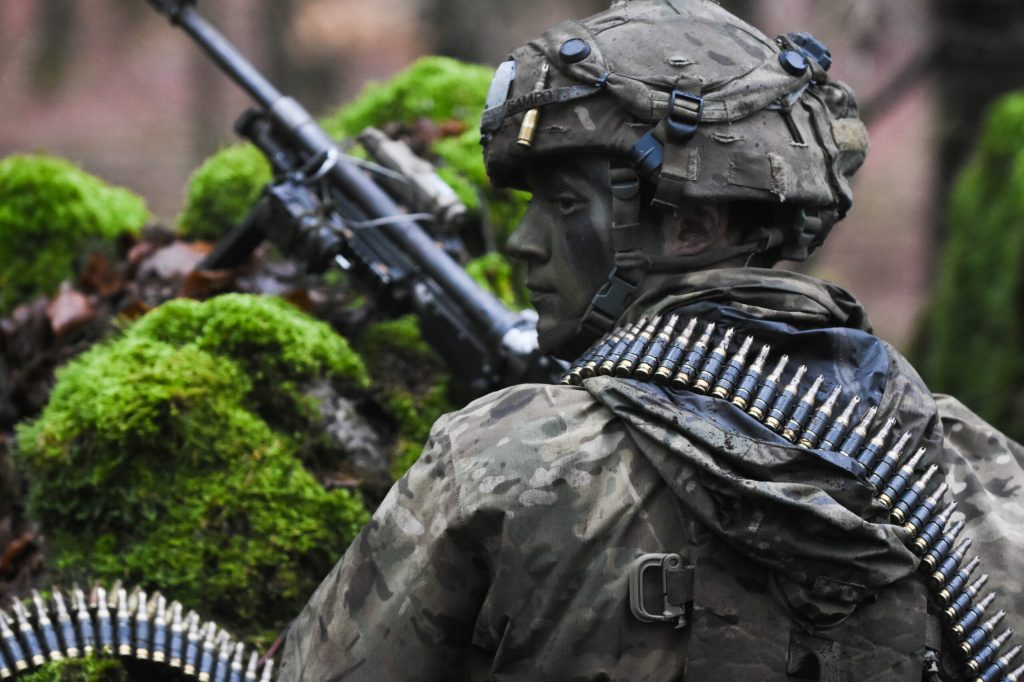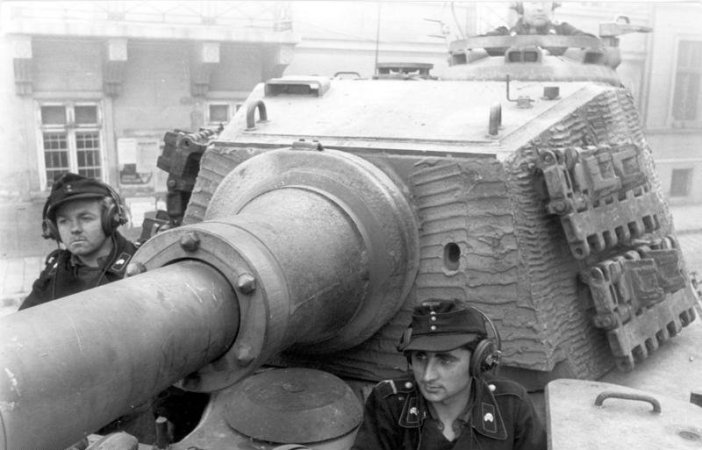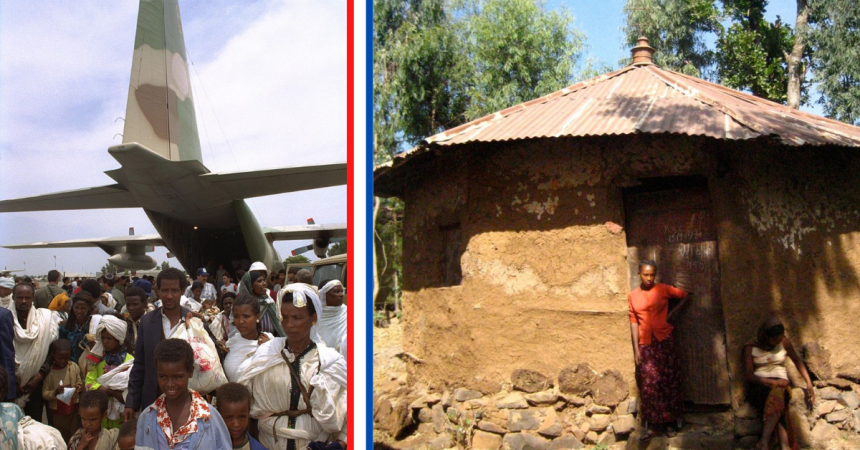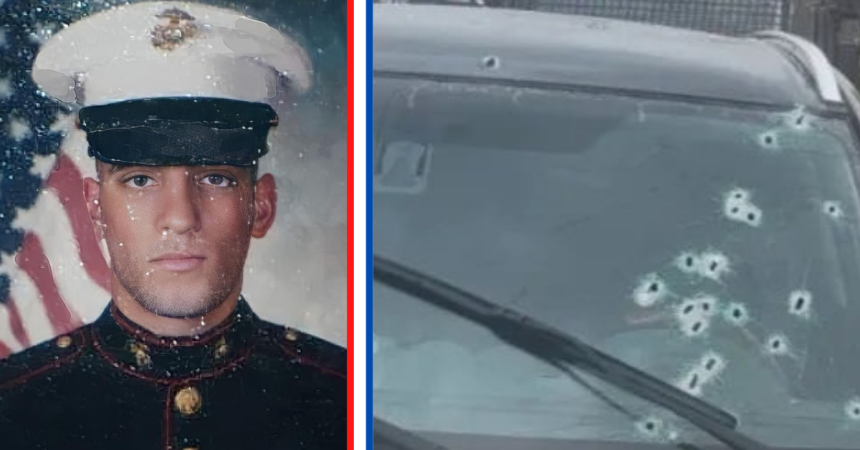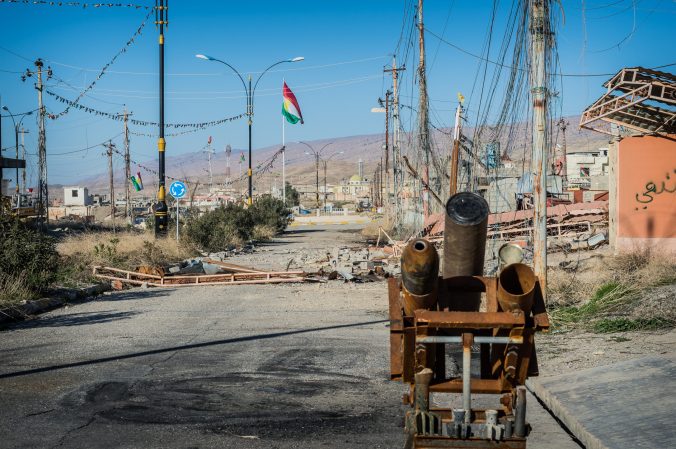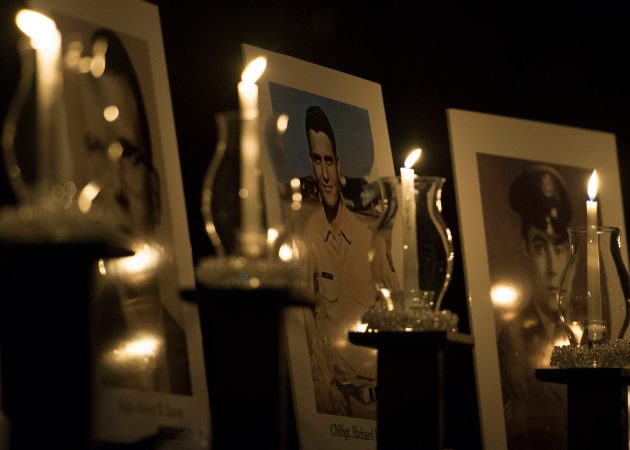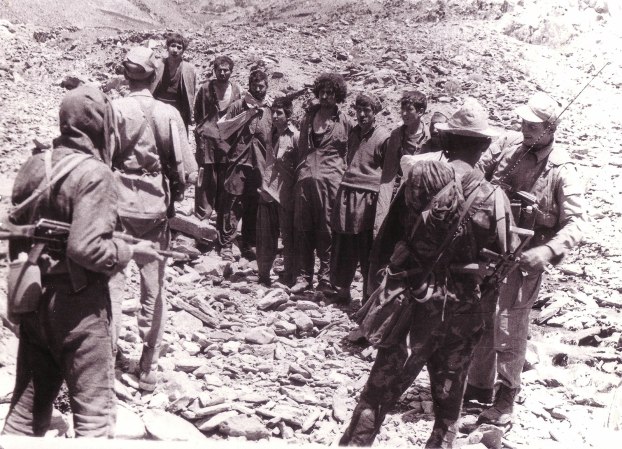Are you ready to get sneaky and learn about the OG of hiding in plain sight? That’s right, we’re talking about camouflage! We’ve all seen it, maybe even worn it, but do you really know how it works, why it matters, and how it’s evolved over time? Well, get ready to blend in with the background, and let’s take a journey through the world of camouflage!
Camouflage 101: How it works
Let’s start with the basics. Camouflage is the art of blending in with your surroundings. It’s like playing a game of hide and seek, but instead of hiding behind the couch, you’re hiding from your enemy on the battlefield. Camouflage can come in many forms, from wearing a ghillie suit to painting your tank to match the terrain. But no matter the form, the goal is the same: stay hidden.
So, how does it work? Well, it all comes down to tricking the eye. Camouflage works by breaking up the outline of the object, disrupting its shape, and blending it into the background. Think of it like a chameleon changing colors to match its surroundings. Camouflage allows soldiers, tanks, and even planes to blend into their environment, making them almost invisible to the enemy. Pretty sneaky, huh?
The evolution of camouflage: From animal kingdom to battlefield
Now that we know how it works, let’s take a look at how it’s evolved throughout history. Of course, this isn’t just something humans came up with; it’s a tactic that animals have been using for millions of years. From the stripes of a zebra to the spots of a leopard, animals have been using patterns to hide from their predators.
But it wasn’t until World War I that humans started using camouflage on the battlefield. At first, soldiers wore basic khaki uniforms that blended into the desert terrain. But as the war progressed, they realized they needed something more advanced. Enter: Dazzle camouflage.
Dazzle camouflage was a wild and wacky type of concealment that used bold patterns and bright colors to confuse the enemy. It was like the military version of optical illusions. Dazzle camouflage was used on ships, tanks, and even airplanes, making it almost impossible for the enemy to tell what direction they were headed in.
But as World War II rolled around, Dazzle camouflage was replaced with a more practical and efficient type of camouflage. This new type of disguise was designed to blend in with the natural surroundings, making it much harder for the enemy to spot the soldiers, tanks, and planes.

WWII and beyond
let’s talk about what happened to concealment after WWII. You see, camouflage wasn’t just a one-time trend that faded away like frosted tips. No, it stuck around and evolved over time.
After the war, countries continued to experiment with disguised techniques and patterns. The military, for example, developed the Woodland pattern in the 1980s, which incorporated earthy browns and greens to blend in with forested environments.
But it wasn’t just the military that was playing around with camouflage. The pattern found its way into the fashion world, and it continued to evolve there as well. In the 1990s, the “digital” or “pixelated” pattern emerged, which used small blocks of color to create a more realistic and effective camouflage.
And let’s not forget about the advancements in technology. With the rise of infrared and night vision devices, new types of camouflage had to be developed to avoid detection. Then the military developed the Universal Camouflage Pattern (UCP), which used a pixelated pattern in shades of gray, beige, and green to provide effective camouflage in various environments.
Speaking of various environments, here’s why the Chinese use those ridiculously easy-to-see blue uniforms.
Why camouflage matters: The art of surprise
So, why does camouflage matter? Well, it all comes down to the art of surprise. In war, the element of surprise can mean the difference between life and death. Camouflage allows soldiers to sneak up on their enemies, attack from unexpected angles, and even launch surprise attacks. It also allows them to blend into their surroundings, making it harder for the enemy to locate and attack them.
Speaking of surprises, does this reflective PT belt shout stealth to you?
Camouflage is more than just a fashion statement
So, camouflage is more than just a fashion statement; it’s a tactical advantage. It allows soldiers to blend into their environment, launch surprise attacks, and stay hidden from their enemies. And while it may have started in the animal kingdom, it’s become an essential part of warfare and everyday life.


